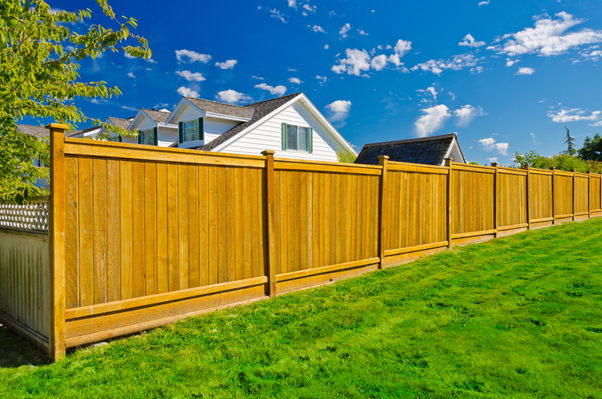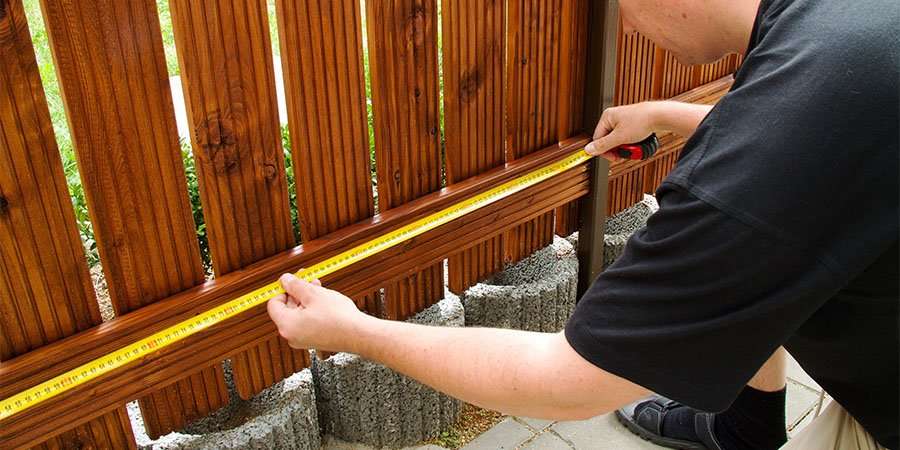All Categories
Featured

Wooden fences are a popular selection for property owners due to their natural charm and flexibility. However, to maintain your fence looking fantastic and working well, normal upkeep is crucial. One of the most crucial tasks in fence upkeep is choosing how frequently to tarnish the timber or repaint. The best maintenance routine can help secure your fencing from the elements, prevent damage, and extend its life-span. When it's time to paint or tarnish your wood fencing., here's a guide to help you establish.
Elements Affecting Painting or Tarnishing Regularity. Numerous vital aspects establish just how commonly you must repaint or tarnish your wooden fence. These include the kind of wood, the environment in your area, and the degree of exposure your fencing has to the aspects.
- Climate and Climate Issues. The environment where you live plays a significant function in exactly how promptly your fencing will wear down. Severe climate condition such as intense sunlight, hefty rainfall, or freezing temperatures can quicken the wear and tear procedure.
Sunny Climates: In areas with whole lots of sunshine, UV rays can create the wood to dry out, discolor, and split. Therefore, you might need to paint or restain your fencing every 2 to 3 years to avoid damages. Rainy or Humid Areas: In position where rainfall and humidity are frequent, wooden fencings soak up moisture, which can cause bending, rotting, or mold development. Normal staining is needed in these areas, commonly every 1 to 2 years. Cold Climates: Freezing temperature levels and snow can cause the paint or stain to peel. If your location experiences chilly winters months, you may need to refresh the surface every 3 to 5 years to keep your fence in excellent condition. 2. Kind of Timber. The timber varieties utilized for your fencing will also establish the regularity of paint or discoloration. Woods often tend to be extra sturdy than softwoods, and each sort of wood reacts in a different way to repaint or stain.
Cedar and Redwood: These woods are normally immune to rot and bugs, yet they can shed their shade over time because of UV exposure. Staining or sealing these sorts of timber every 2 to 3 years assists keep their look. Pine and Fir: These softwoods are more vulnerable to moisture damage and require more constant upkeep. You might need to restain or repaint these fencings every 1 to 2 years to keep them protected from the elements. Pressure-Treated Wood: While pressure-treated timber is created to resist rot, it still needs to be tarnished or secured to stop wetness absorption. A fresh coat of tarnish or sealer may be needed every 2 to 3 years. 3. Stain vs. paint. Whether you repaint or tarnish your fencing can dramatically impact the upkeep routine.

Paint: Paint offers a solid layer of defense that obstructs moisture and UV rays. It can peel, fracture, or discolor over time, particularly with long term direct exposure to the elements. Generally, a painted fence needs to be painted every 3 to 5 years. Tarnish: Discolor soaks right into the timber and gives an extra natural appearance while still providing protection. Tainted fences tend to reveal use quicker than painted ones, as the discolor can fade or remove. You will likely require to restain your fence every 2 to 3 years, depending on the direct exposure to sun and rain. 4. Noticeable Signs of Put On. While a basic upkeep schedule is useful, you need to also keep an eye on the problem of your fencing to figure out when it's time for a fresh coat of paint or discolor. Seek these indications:
Fading or Discoloration: If your fencing has actually lost its initial color or has ended up being grey and weather-beaten, it's time to reapply a tarnish or paint to recover its look. Peeling or Cracking: If the paint or stain starts to break or peel, it's a clear indication that the protective layer is no much longer doing its work. This can lead to water damages, so it is very important to resolve it as soon as feasible. Water Absorption: Conduct a simple water examination by spraying some water onto the surface of the fence. If the water beads up, the fence is still sealed. It's time to repaint or restain if the water soaks in. 5. Correct Upkeep Techniques. For the very best outcomes, it is very important to prepare the timber properly before painting or staining. Beginning by cleaning the fencing to eliminate dust, mold, or mold. Repair any damage, such as splits or loose boards, to ensure the fence remains in great condition prior to applying a fresh layer.

Select a dry, light day for painting or staining to avoid the coating drying out also swiftly or unevenly. Constantly use paint or tarnish according to the manufacturer's instructions, and allow ample drying out time between layers.
Verdict. In basic, wooden fencings should be painted or discolored every 2 to 3 years, depending on the environment, type of wood, and direct exposure to the elements. Whether you choose to tarnish or repaint, normal maintenance will safeguard your fence from the weather condition and maintain it looking beautiful for years to come.
Latest Posts
Why Choose Ron Marhofer Hyundai for Your Financing Demands
Published Apr 21, 25
0 min read
Top-Quality Auto Services at Montclare Auto Repair - Book Your Service Today
Published Apr 21, 25
2 min read
Get to Know the Experts Behind Montclare Auto Repair - Dedicated to Quality
Published Apr 21, 25
2 min read
More
Latest Posts
Why Choose Ron Marhofer Hyundai for Your Financing Demands
Published Apr 21, 25
0 min read
Top-Quality Auto Services at Montclare Auto Repair - Book Your Service Today
Published Apr 21, 25
2 min read
Get to Know the Experts Behind Montclare Auto Repair - Dedicated to Quality
Published Apr 21, 25
2 min read